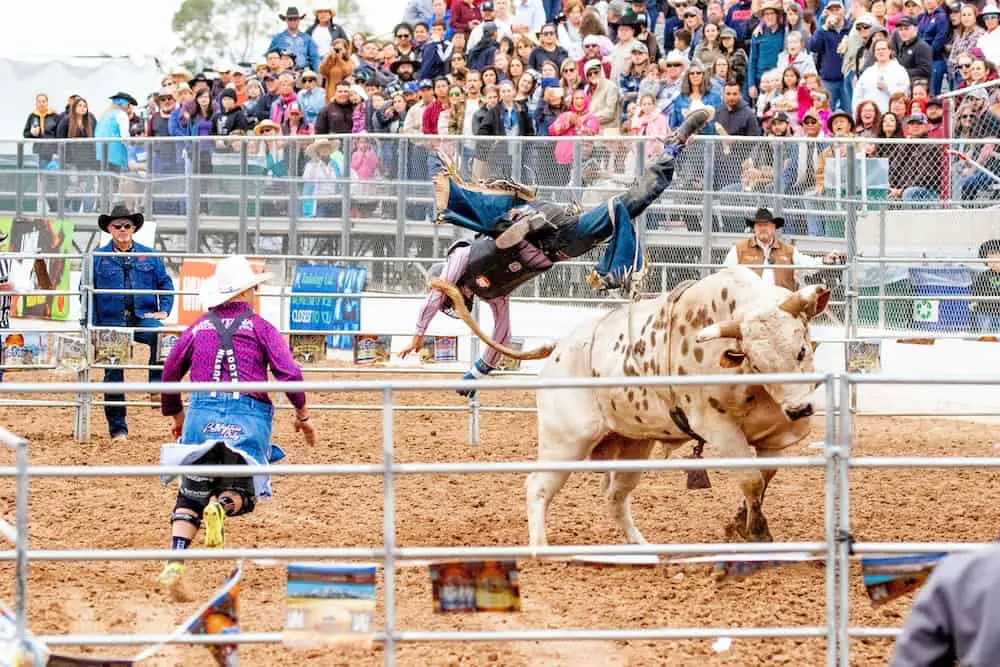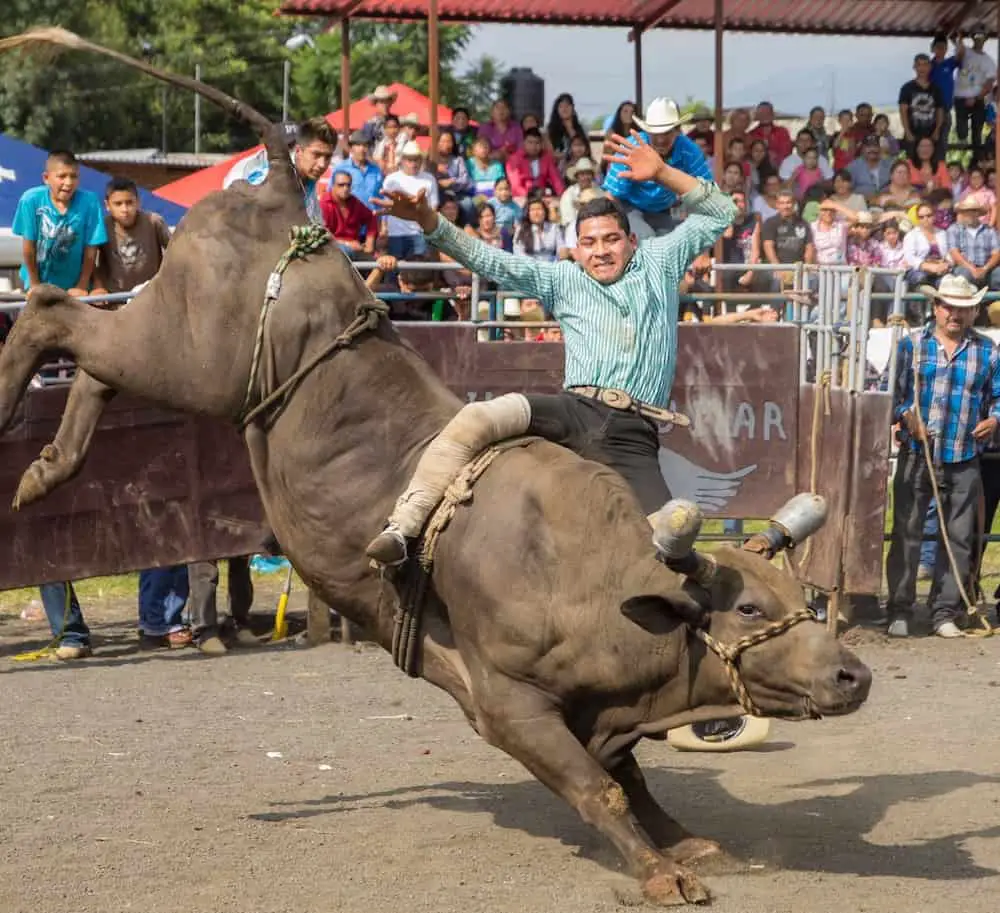Rodeos are a popular pastime in America. Many children remember going to the rodeo at least once with their parents and enjoying the sights and sounds there, but few realize how cruel rodeos are to the animals who perform in them.
Rodeos are cruel to animals in many different ways. The most common issues include putting the animal under a lot of stress, inflicting injuries that do not have time to heal, and overworking animals to the point of exhaustion and death.
Let’s take a closer look at what happens during a rodeo and why these events are cruel to the animals who need to participate.
How are Rodeos Cruel to Animals?
Rodeos can be cruel to the animals forced to participate in them. Several different things are considered cruel during the rodeo, including:
While some penalties are in place to prevent cruelty against animals, many agree that these are not severe enough to stop the abuse. Compared to the cash prizes the participants can win, most agree it is worth the risk to go against the penalties.
The Tools Used on Rodeo Animals Are Cruel
Often the animals at a rodeo are harmed because of the tools the participants use. Many tools are part of each event that can cause a lot of damage to the horses, bulls, cows, and other animals used.
Some examples of dangerous or cruel tools used during rodeos:
These tools are used at different events in the rodeo, and each causes its own type of damage to the animal.
Traveling Between Events Is Hard on Rodeo Animals
Animals used in rodeos need to go from one event to another often, which usually means a lot of traveling. Not only is this already stressful on rodeo animals, but they don’t have the best travel conditions, either.
Here are a few examples of cruel travel conditions for rodeo animals:
There are official rules to protect the animals, but they are not the most humane, as can be seen by the last point above.
Rodeo Participants Are Encouraged to Abuse Animals
Participants win money by doing the best. This may cause them to spur their horses and other animals on as much as possible. It looks good to the crowd but is very uncomfortable and painful for the animals.
Some ways rodeo participants can harm the animals include:
Some animals do not even get time to heal between events, making the situation even worse.
Rodeo Events that are Often Cruel to Animals
Many of the events found at the rodeo are cruel to the animals who must participate. We can’t list them all here, but here are four rodeo events that often lead to cruelty.
Rodeo Broncing is Cruel to Horses
Bronc riding may be entertaining to watch, but it can be detrimental to the health and safety of the horses that are used.
Here are just some of the ways that bronc riding can be dangerous for the horses:
These methods are used to encourage the horse to buck more than before, giving a better show to the people in the crowd. This ends up causing a lot of harm to the horse in the process.
Steer Tripping is Cruel to Steers
This is an activity that has a high potential for injury. The steer is large and often running fast when they are forced to the ground, often hurt in the process. It is common for the horns to fracture, and the added stress to the neck is considerable.
For those unfamiliar with the event, even just a description of the event is enough to see how cruel it can be:
In this event, the goal is to get the steer to fall. The steer is then dragged until it is stunned, so the roper can tie the legs and get a score. Injuries are common in this event, and most animals do not have time to heal.
Bull Riding Is Painful for the Bull
One of the most popular events found at the rodeo is bull riding. And although it’s not nearly as cruel as bullfighting – many people assume that bull riding is not as harmful to the animal because the bulls are large. This is not true. In fact, the bulls may be hurt quite a bit for this type of entertainment.
There are different methods used to help anger the bull to get them to buck more and give off a better show in the ring, many of which are inherently cruel:
Occasionally, bulls are prodded and antagonized into bucking so violently they break their own legs or back. While many viewers worry about the rider and how the bull could harm them, the bulls are often the ones that are hurt worse.
Steer Wrestling and Neck Injuries
This event may seem pretty harmless and a lot of fun. It involves using several animals to get the work done, which means that more than one animal can be harmed during the event.
During steer wrestling, a few things will occur:
As you can imagine, the neck twisting and the weight of the contestant falling on the steer can be enough to do some damage. At the very least, it is a scary and confusing situation for the steer.
What Can I Do to Help Rodeo Animals?
If you are worried about the animals' safety during a rodeo, finding ways to help and make it better is essential.
Here are a few ways you can help minimize the amount of harm that comes to rodeo animals:
Final Thoughts
Many animals can be harmed when it comes to a rodeo. While many people assume that this is a safe activity for the animals, it is actually something that causes a lot of harm to the animals and can make them die in the process. Taking the proper steps to protect animals is important.
Finally, not all intense sports involving animals, like horses, are cruel. There are many other ways you can enjoy an afternoon of entertainment. A good example of this is barrel racing. You can find out more here: Is Barrel Racing Cruel?


